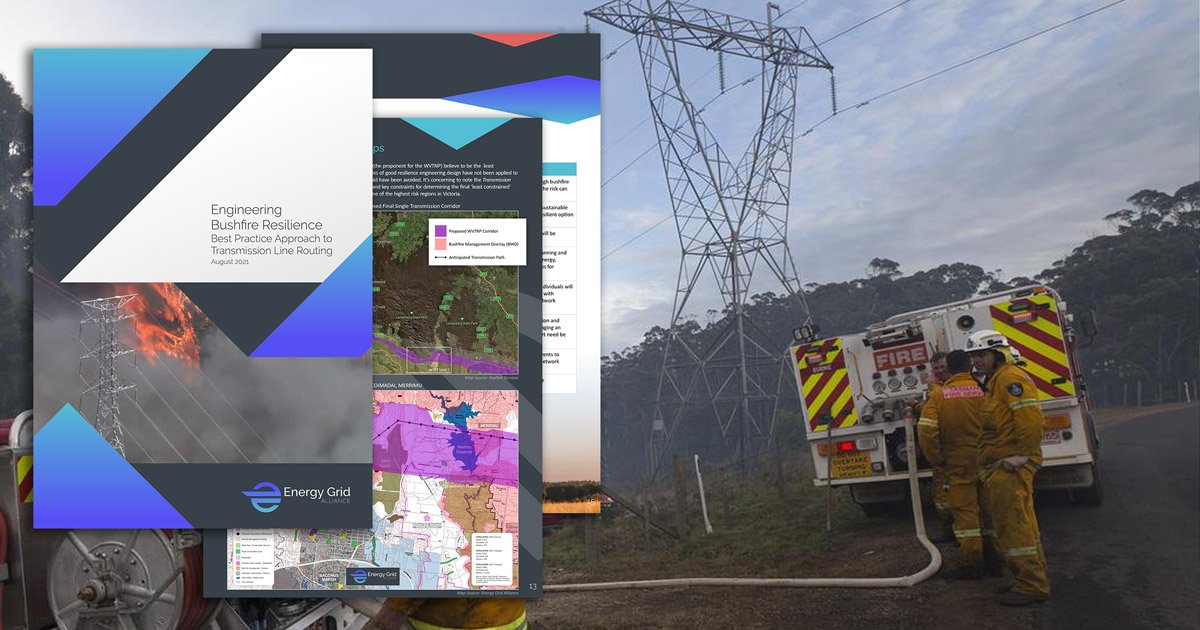Engineering Bushfire Resilience – Best Practice Approach to Transmission Line Routing

Good engineering design will ensure any new infrastructure route does not lead to unsustainable deterioration in grid resilience.
Natural hazard events have significant cost implications for network businesses and the economy more broadly. Maintaining power supply is linked to the ability of communities to absorb and recover from these types of events. Findings from a study commissioned by the Australian Business Round Table for Disaster Resilience and Safer Communities indicate that natural disaster events cost the economy on average $13 billion every year, highlighting the need for proactive resilience measures.
In 2020 Victorian’s saw an unprecedented number of cost pass through applications being made by electricity network businesses to recover costs sustained to network infrastructure from natural hazard events including bushfires , severe storms and winds from extreme conditions experienced across Australia in 2019 and early 2020.
The capacity for electricity networks to prepare, absorb and recover from natural hazard events is referred to as resilience; the ability to continually supply energy during and after an incident.
Investing in reliability does not always deliver resilience, but investing in resilience is demonstrated to deliver significant improvements in both resilience and reliability, resulting in beneficial performance outcomes for customers using cost-effective and efficient network investment approaches.14
As most of Australia’s transmission infrastructure was built decades ago, resilience and risk mitigation policies tend to assume a reactive approach to protecting existing essential infrastructure. As we transition to renewable energy and construction of new large-scale electricity transmission networks, all stakeholders have an opportunity and responsibility to proactively engineer resilience by avoiding areas of high risk in the first place.
In the case of the Western Victoria Transmission Network Project (WVTNP), the first of the next generation of transmission investment, it is concerning the preferred final transmission corridor has been routed through one of Victoria's highest risk bushfire prone regions. Best practice bushfire-resilience approaches are not being applied in this case. A resilient approach would have proactively determined this corridor would lead to unsustainable deterioration in grid resilience given the inherent bushfire risks.
This lack of proactive resilience engineering contravenes years of informed research, consultation and government-led resilience reform.
Summary of Recommendations
The following recommendations relate to planning and development of new overhead transmission infrastructure.
“We’re building community resilience and safety as we face the impact of climate change and see hotter summers with longer bushfire seasons.”

